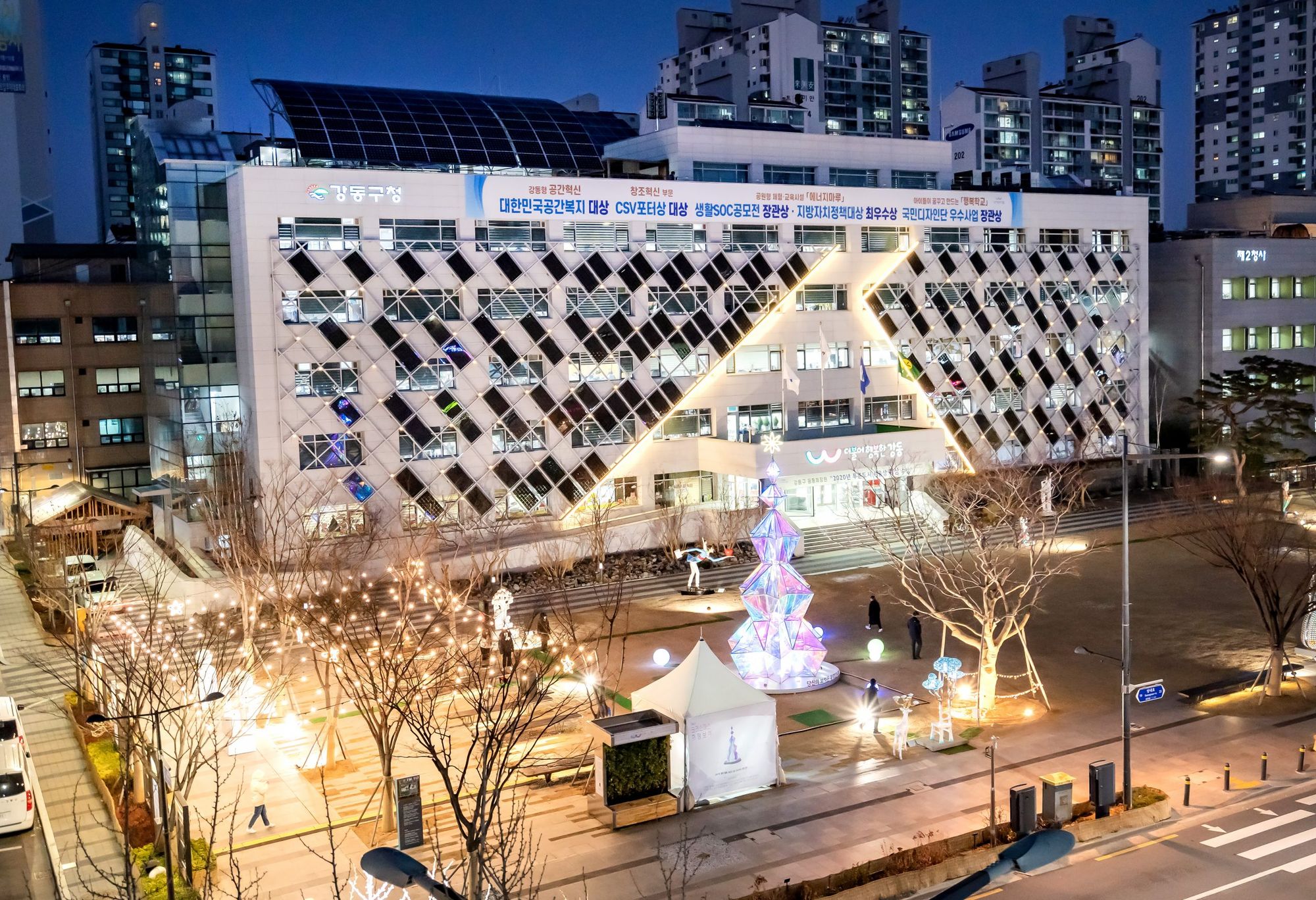Over the past years with all the digital innovations that have occurred, there has been a feeling that our physical location isn’t as significant as it used to be. Nowadays, we’re experiencing the opposite, realizing just how much our space and location matter. We talked to Dr. Danny Dong-Yeong Lee, professor at Hanyang University in Seoul, about this phenomenon and its effects and consequences with a special focus on service design and urban planning. This interview was published in print in Hype&Hyper 2021/2.
Let’s cut to the chase: how much do you think space and location matter nowadays?
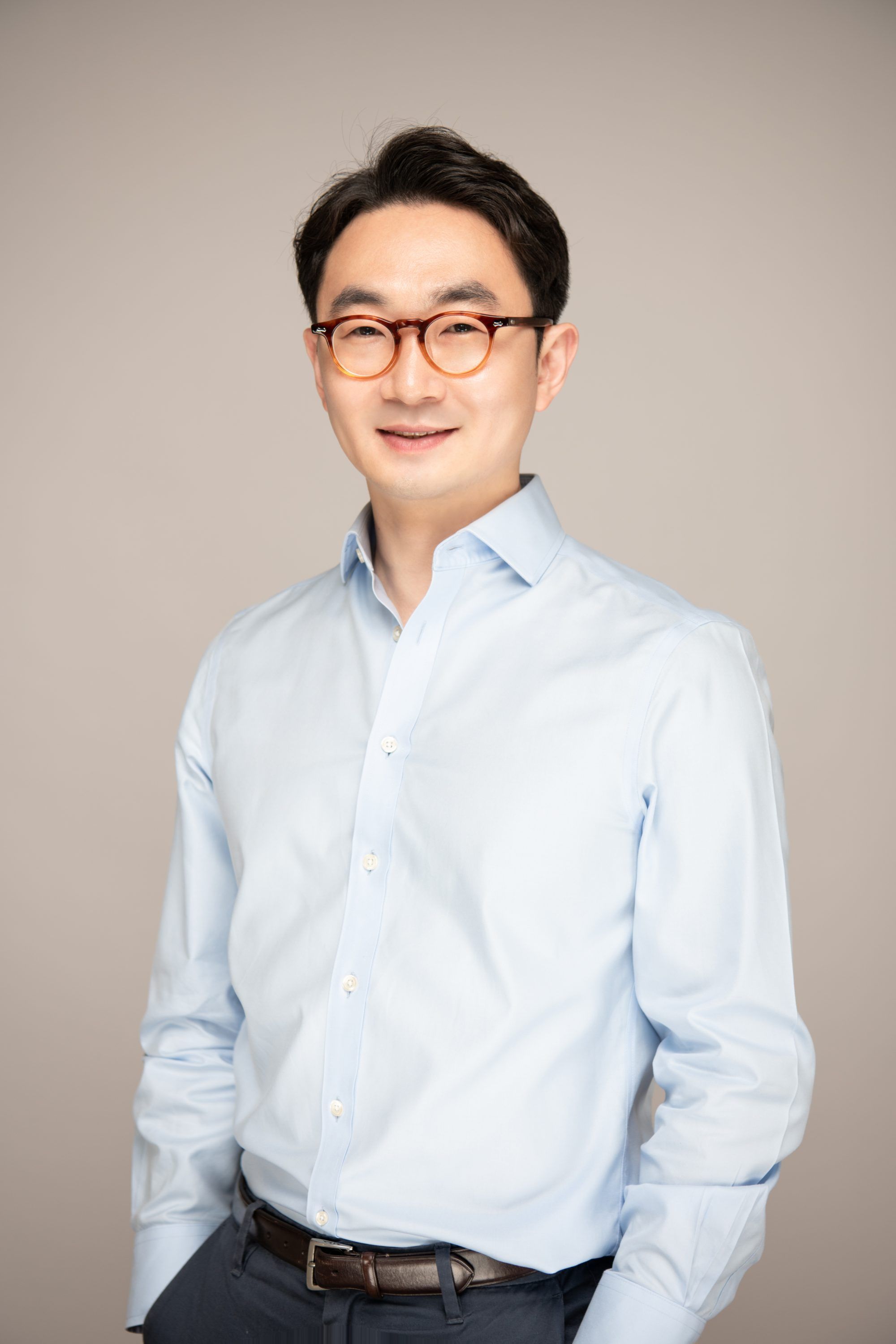
I think in the past 2 years due to the COVID-19 pandemic, space and location have become more important than ever. Streets, parks, and cafés missing from our daily routines, and our everydays being confined to our homes, have proven just how much the places we visit and experience matter. For example, take those who work in design, such as designers, who must have found this period particularly difficult due to the lack of stimuli, as they draw most of their inspiration from the outside world.
Globally, we’ve witnessed how physical spaces have been replaced by online platforms and other digital solutions with which we can hold meetings and even family events.
While online platforms gained prominence, the importance of our environment grew simultaneously. Many are stressing that it is high time to rethink our relationship with our environment. What trends and initiatives have you observed in urban development worldwide and in Seoul?
The urbanization process has been going on for quite some time and doesn’t seem to be ending soon. Cities are continuing to grow while the importance of the countryside continues to decline. However, this doesn’t mean that people don’t want nature to be more present in their lives. I think this also explains a lot about the green initiatives that we see in cities on a global scale.
In Seoul, there’s a strong focus on improving the “user experience” to the benefit of city dwellers. As a result, we’ve transformed human-centered design into citizen-centered design to adapt urban design, infrastructure, and operations to the needs of city residents. This is reflected in all aspects of daily life from making selective waste collection easier and more accessible to facilitating the administrative process of moving house.
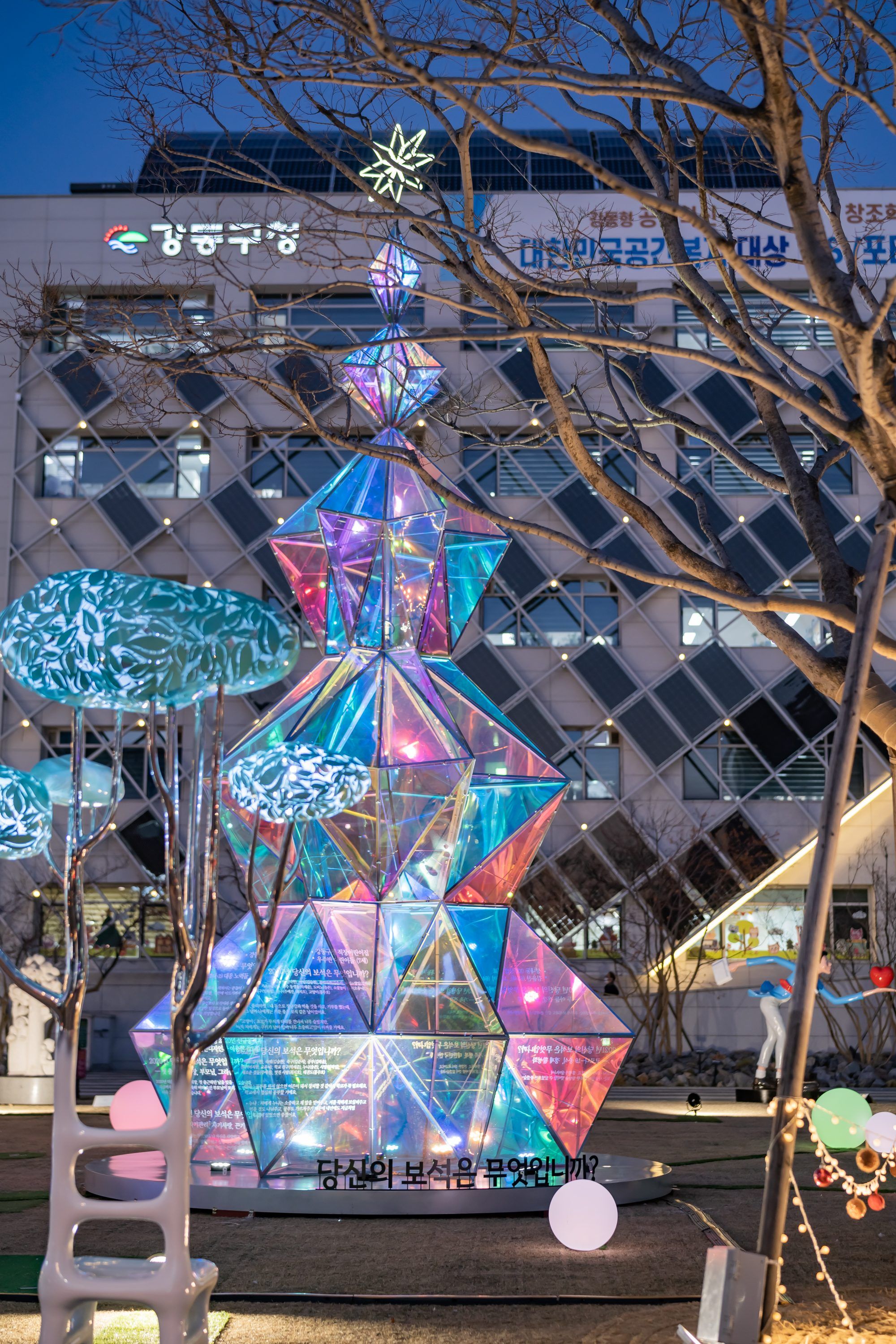
Don’t you think that—as a result of the pandemic—globalization is being replaced by thinking locally?
There are signs pointing in this direction and perhaps this can be seen most clearly in the change in travel habits: with fewer travel opportunities being available, there’s a chance to rethink the usage of places that were previously overcrowded and over-visited. So, on the one hand, we can give these places a breather and, on the other hand, our attitude can change towards travel, so that we don’t end up paying a superficial visit to a hot spot but instead develop a deeper understanding of the local culture.
Some say COVID-19 made us more digitally engaged, while also showing us our need for human contact. What’s your experience, do you agree?
The virus has ushered us into an era of no contact. We’ve exchanged handshakes for fist bumps, swapped cinemas to Netflix, and even changed the education system from face-to-face learning to classes being held online.
Online shopping and the opportunity of having everything delivered to your doorstep are very convenient solutions but also raise a lot of questions. Our culture is built on physical contact, which can be supported by digital technology, but this same technology is also able to eliminate contact altogether. For example, you are at a cafe or restaurant and you use your phone to order instead of talking to a person—doesn’t that enhance the feeling of alienation?
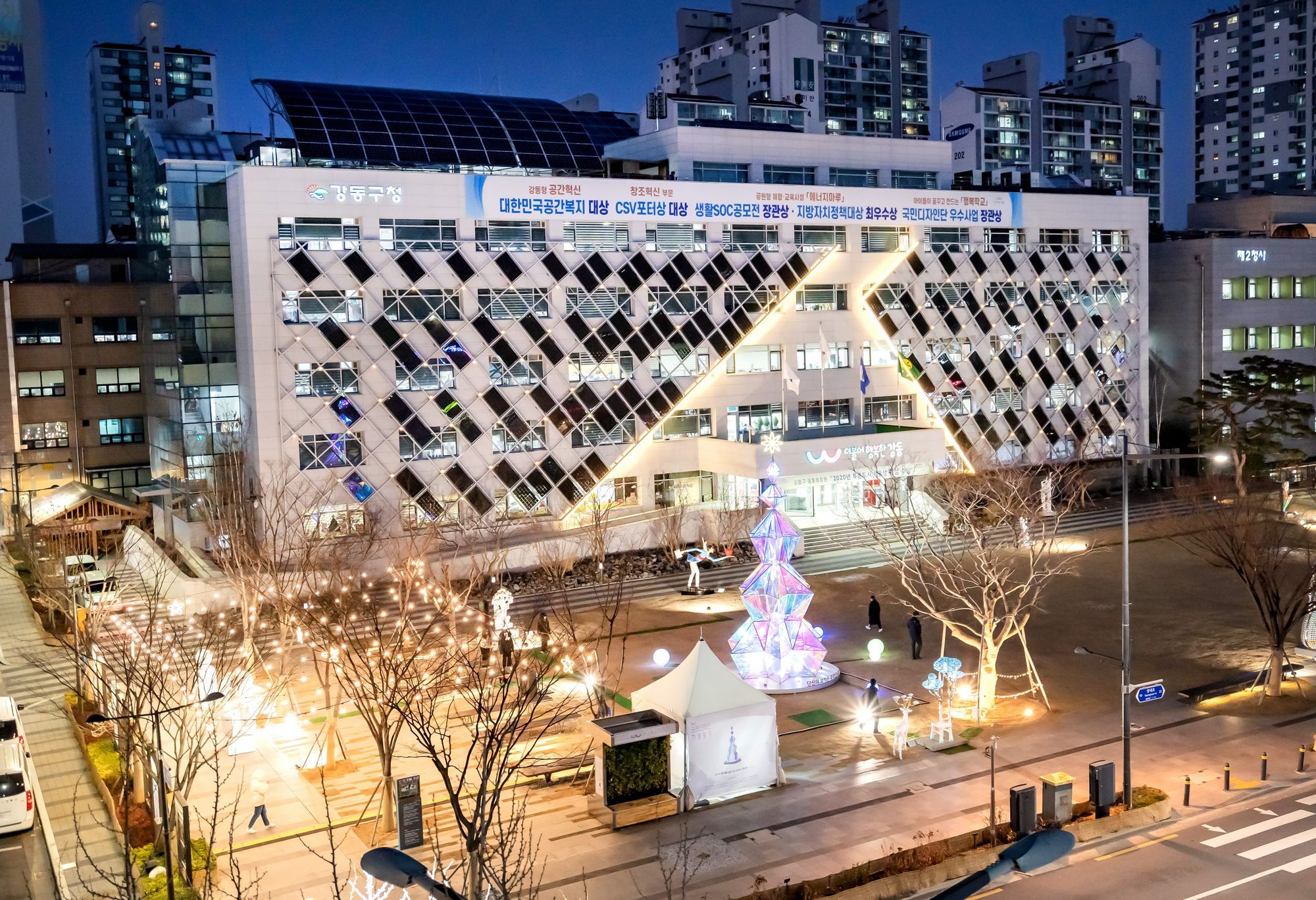
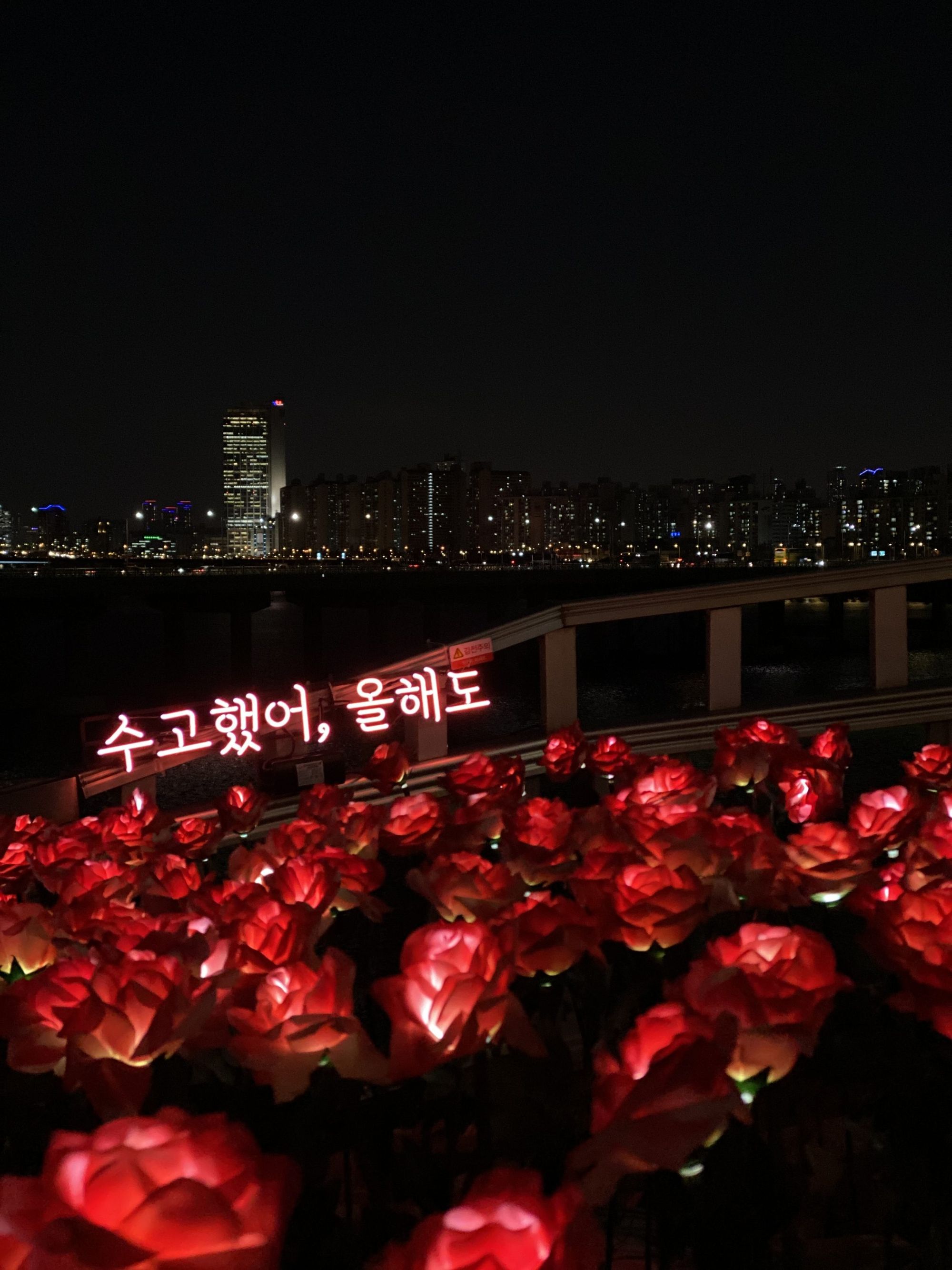
Did you witness any considerable changes in your own field of expertise—urban lighting design?
In general, night-time lighting design has always been really important. The lighting design of world-famous cities such as London, New York, Sydney, and Hong Kong is exceptional. Seoul wants to keep up with global trends: recently, we’ve been focusing on interactions that create lighting effects through the direct participation of citizens and spectators. This means that instead of them just watching from the outside they can be active participants in shaping their surroundings to make them feel more at home.
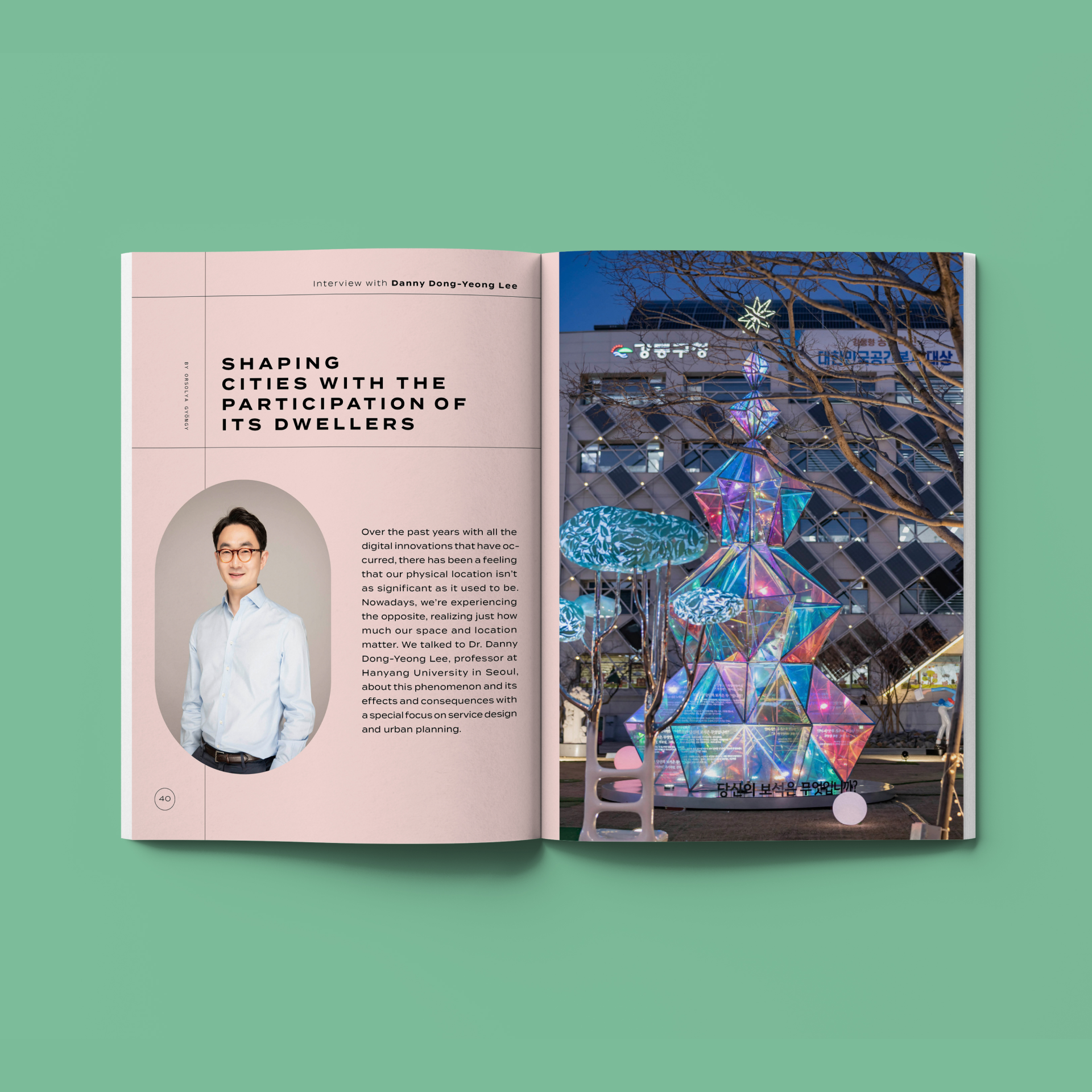
Prefer to read it in print? Order the second issue of Hype&Hyper magazine from our online Store!
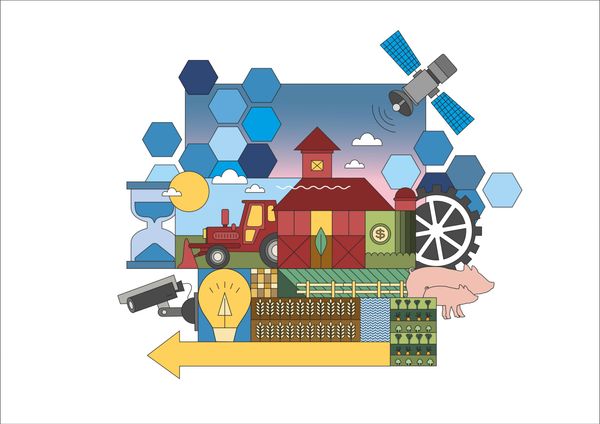
Creativity is an asset in agriculture too | NAK TechLab
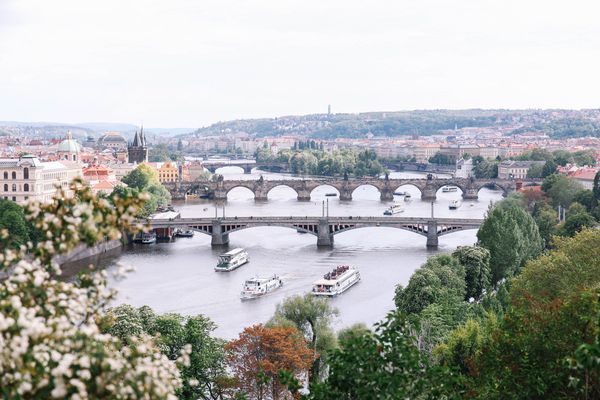
Forget Silicon Valley: the blooming Czech startup scene is way closer










